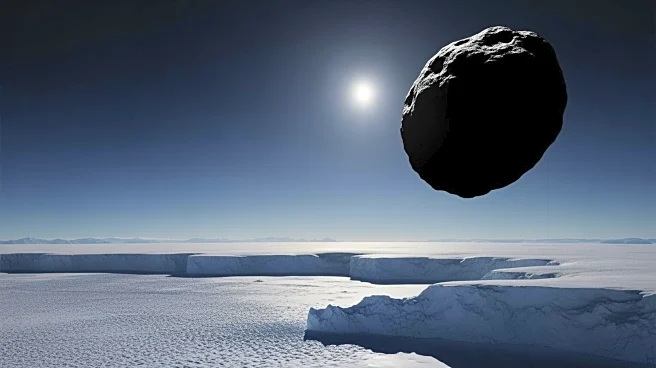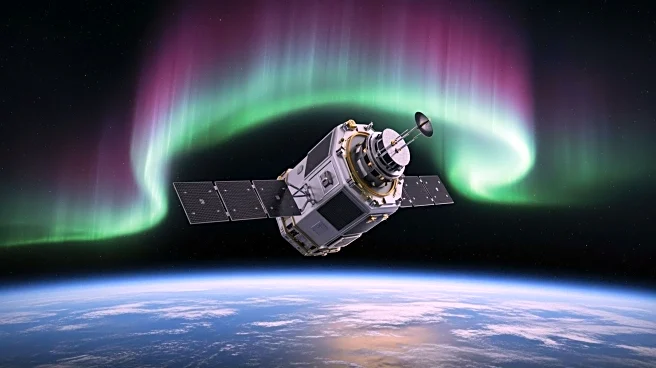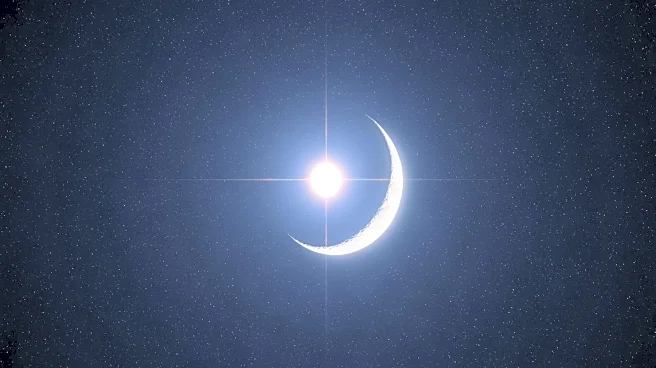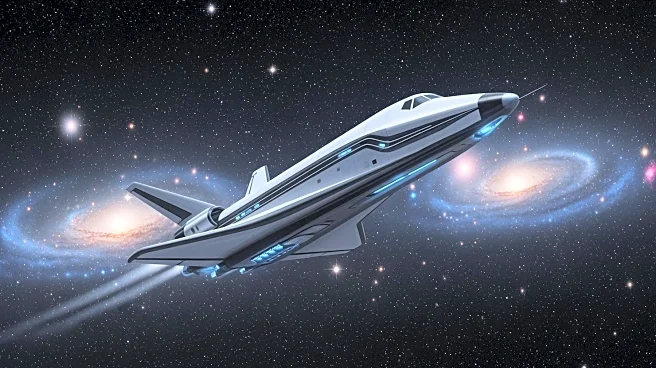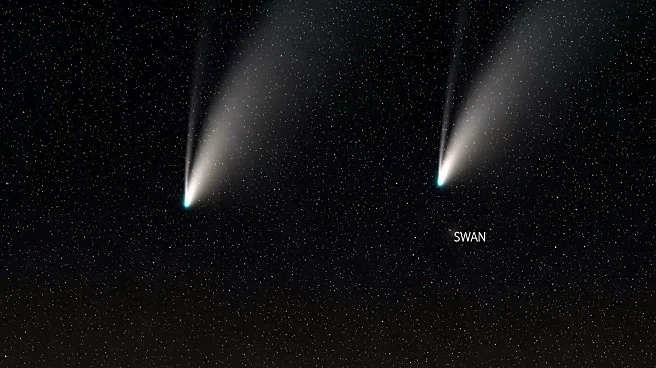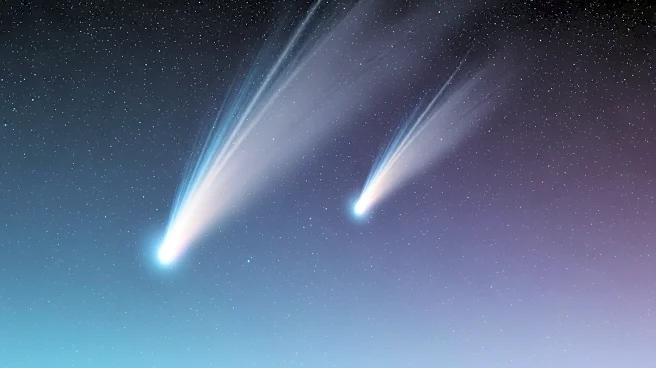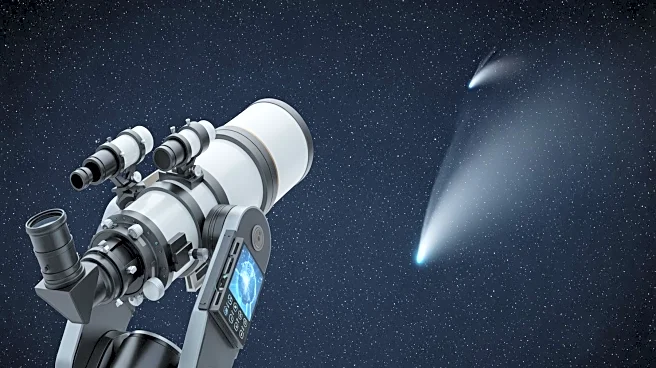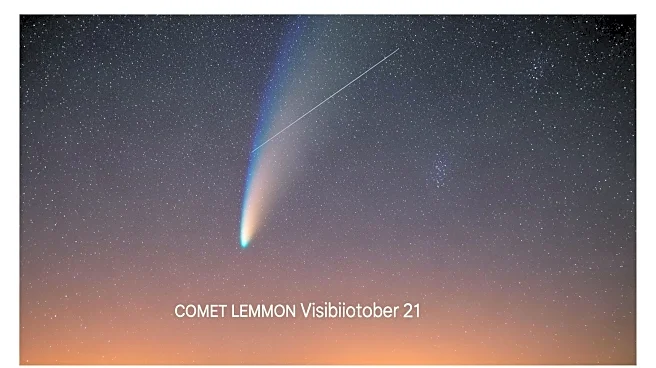What's Happening?
On October 1, 2025, a small asteroid named 2025 TF passed close to Earth, skimming over Antarctica at an altitude similar to the International Space Station's orbit. The asteroid, measuring between 3 to 10
feet wide, posed no threat due to its small size. It was detected by the Catalina Sky Survey and confirmed by other observatories. Despite its proximity, the asteroid did not enter Earth's atmosphere, avoiding any potential impact. The event highlights the challenges in detecting small asteroids, which often remain unnoticed until they are very close to Earth.
Why It's Important?
The close pass of asteroid 2025 TF underscores the importance of monitoring near-Earth objects, even those too small to cause significant damage. It serves as a reminder of the numerous small asteroids that exist and the need for improved detection systems. The event also demonstrates the effectiveness of current tracking systems and international collaboration in identifying and monitoring such objects. Understanding the frequency and behavior of small asteroids can help refine risk assessments and improve preparedness for potential future threats.
What's Next?
The incident will likely lead to further enhancements in asteroid detection technology and international cooperation. Efforts may focus on increasing the sensitivity of survey systems to detect smaller objects earlier. Continued research and development in this area aim to provide longer warning times and more accurate tracking of near-Earth objects, ensuring better preparedness for any potential threats.
Beyond the Headlines
The event highlights the role of global networks in asteroid detection and the importance of rapid response and coordination among observatories. It also emphasizes the need for public awareness and education regarding asteroid threats and the measures in place to mitigate them. As technology advances, the ability to detect and track smaller asteroids will improve, contributing to overall planetary defense strategies.
